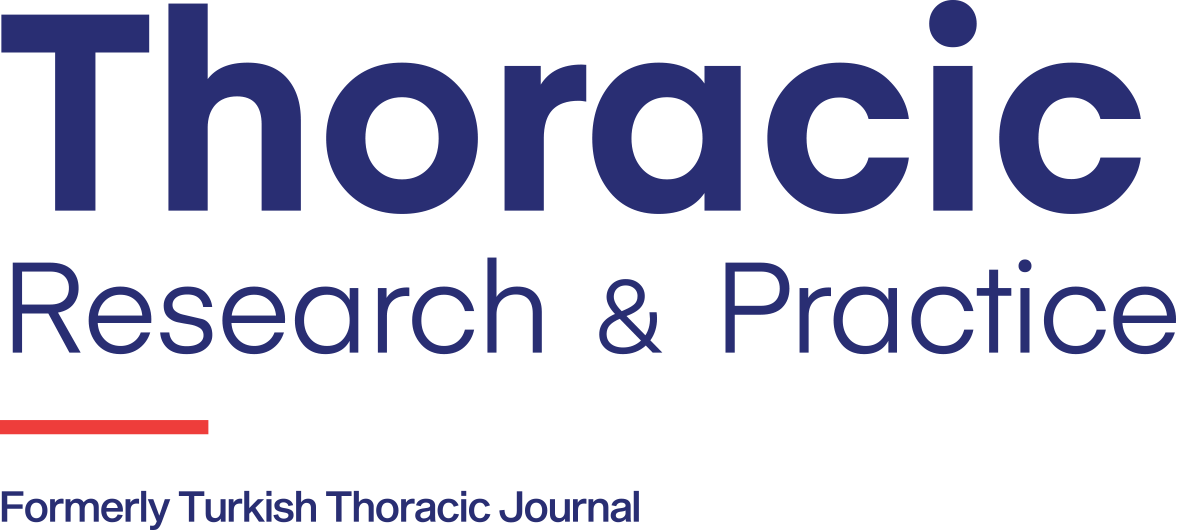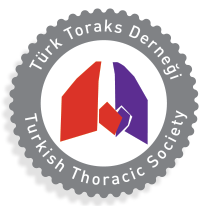Abstract
Objectives:
Interleukin (IL)-22 has a unique niche in the intestine owing to its ability of expressing the IL-22 receptor (IL-22R) by the intestinal epithelial cells (IECs). Stimulation of the IECs by IL-22 initiates signaling transduction of IL-22R-assoicated Jak2 and Tyk2 kinases, resulting in phosphorylation and activation of the STAT3. In our previous case series and clinical studies, we evaluated the increase in the CXCL8 and IL-10R through omalizumab [6] and response of Th2 cytokines to omalizumab treatment. In the present study, we aimed to evaluate the changes in the IL-10R and IL-22 levels in patients undergoing omalizumab treatment. To the best of our knowledge, this is the first translational study to compare serum IL-10R and IL-22 levels with vitamin D synthesis in the literature.
Methods:
The patients were divided into two groups as Group IA (n=29, pre-omalizumab) and Group IB (n=29, post-omalizumab). The concentrations of IL-10R and IL-22 in the serum were measured using a commercially available enzyme-linked immunosorbent assay kit.
Results:
we found a moderate, negative and significant relationship between the changes in the IL-22 levels and changes in the IL-10R levels (r=-0.435, p=0.02).
Conclusion:
In conclusion, our study results suggest that omalizumab treatment may play a role in the regulation of IL-22 and IL-10R metabolism, reducing the need for systemic steroids. However, large-scale, prospective, randomized clinical studies are needed to establish a definite conclusion.



